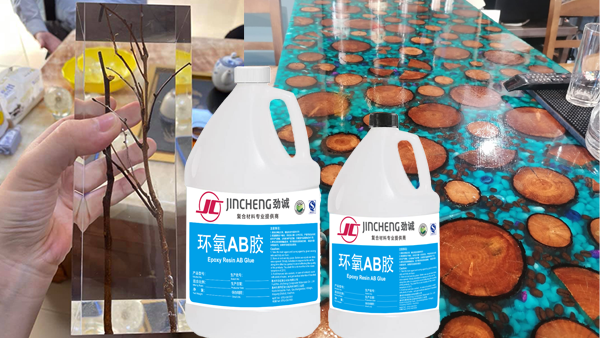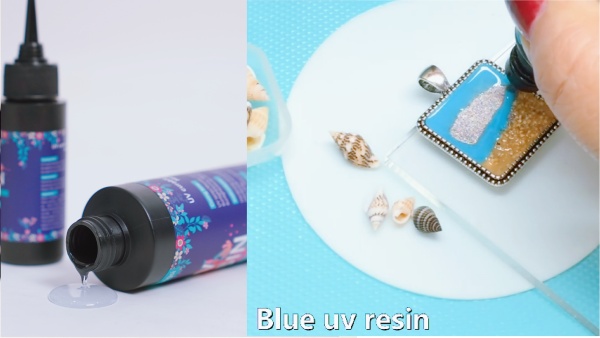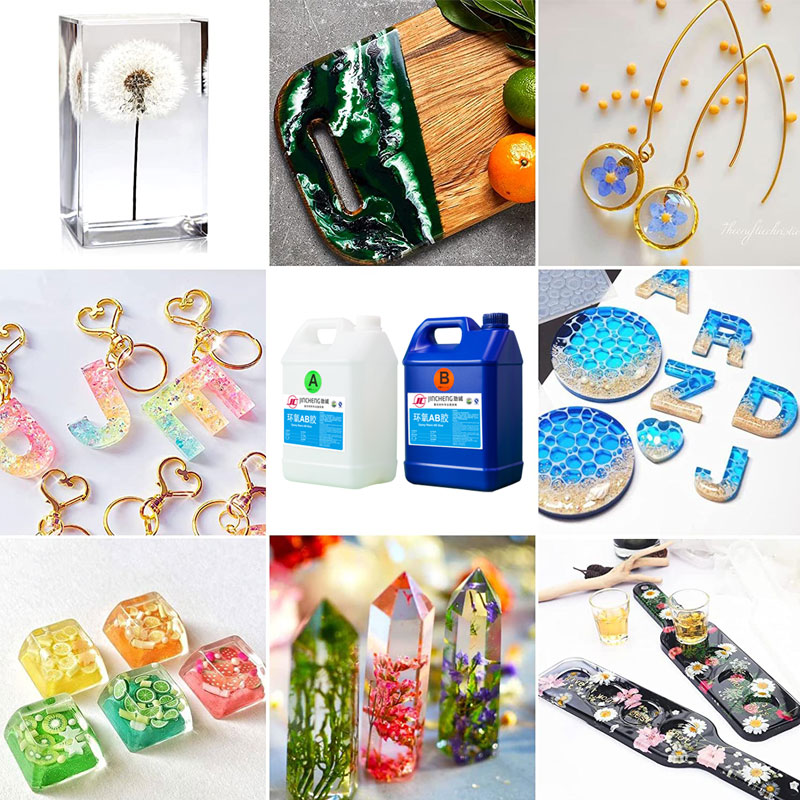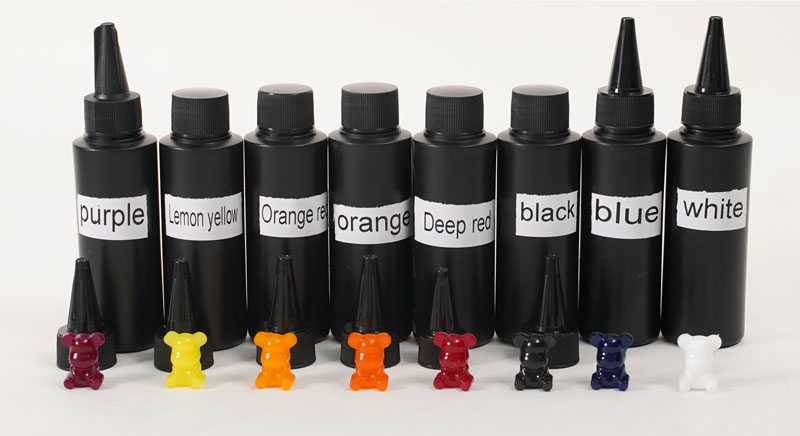how can we help you
When it comes to crafting, woodworking, or creating beautiful pieces of art, choosing the right resin is crucial. Epoxy resin and UV resin are two popular options, each with its unique characteristics. Let’s delve into the details and explore the differences between these two resins.
Epoxy Resin: Epoxy resin is a two-part mixture consisting of resin and hardener. When you mix these two components, a chemical reaction occurs, resulting in a solid, glossy, and transparent surface. Proper mixing is essential for achieving the desired results.
UV Resin: Unlike epoxy resin, UV resin is a one-part resin that is instantly ready to use. There’s no need for measuring or mixing. However, UV resin requires exposure to a UV lamp or torch to harden. Keep in mind that this application method limits its use for larger surfaces.
Epoxy Resin: Epoxy resin takes several hours or even days to cure fully. The slow curing process allows for more intricate work and adjustments during the setting period.
UV Resin: Thanks to its UV activation, UV resin cures within minutes. If you’re working on urgent projects or need quick results, UV resin is an excellent choice.
Epoxy Resin: Epoxy resin tends to be more durable and robust. It can withstand heat, chemicals, and wear over time. This makes it suitable for functional items like tabletops, jewelry, and kitchenware.
UV Resin: While UV resin hardens faster, it is generally less durable than epoxy. It’s ideal for decorative pieces, jewelry, and small crafts. However, avoid using it for heavy-duty applications.
Epoxy Resin: Epoxy is versatile and works well for various projects. Its longer curing time allows for intricate designs and layering.
UV Resin: Use UV resin for smaller, detailed pieces. Its quick curing time makes it perfect for jewelry, miniatures, and resin art. However, it’s less suitable for large surfaces.
Epoxy Resin: Epoxy resin tends to be more expensive due to its durability and versatility.
UV Resin: UV resin is often more affordable, making it a budget-friendly option for hobbyists and beginners.
First of all, avoid shaking your bottle.
If you are mixing colors, place your resin in the light-tight cases about 30 minutes before pouring it into your mold. These cases allow you to keep your UV resin and Epoxy resin colored for several weeks.
During a live on our social networks where she was invited, the creator advised you to place your bottle and your mold on an electric heating mat specially made to condition the resin. Another surface with a very soft heat can be used. For example, a hot water bottle.
The bubbles rise and explode with the heat. You can also pass the flame of a gas-lighter over the surface very quickly.
In summary, choose epoxy resin for durability, versatility, and larger projects. Opt for UV resin when speed and ease of use are essential. Both resins have their place in the creative world, so consider your specific needs before making a decision. Happy crafting!